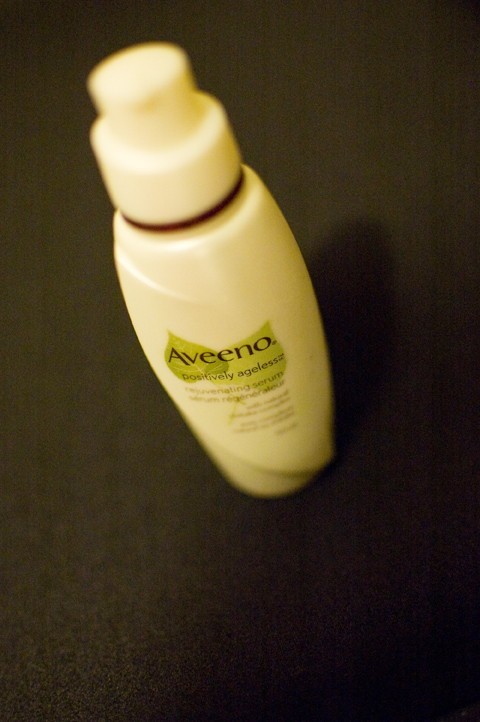Do you have a prescription for that moisturizer?
Cosmeceuticals blur the line between cosmetics and medicine
It is common to encounter claims that a deodorant or moisturizer will grant youthful vitality. But it is growing increasingly common to find products that claim to grant real physiological change. Regulators and consumers are now dealing with products – known as cosmeceuticals – that bridge the gap between a traditional cosmetic and a pharmaceutical drug.
New research by Samuel Epstein, a professor of environmental and occupational medicine at the University of Illinois, has found that these products are often marketed with claims based on sparse or false research and are under-regulated by the United States Food and Drug Administration (FDA).
“Strong claims made by the proponents of cosmeceuticals are either fraudulent or based on very short-term studies,” said Epstein, who is also chairman of the Chicago-based Cancer Prevention Coalition.
Epstein found that many cosmeceuticals, particularly anti-wrinkle and anti-aging creams, contain ingredients that strip the skin of its protective upper layers. This causes increased sensitivity to ultraviolet radiation from sunlight and tanning salons.
Epstein found that these ingredients increase the risk of developing malignant melanoma – a rare, but likely fatal, form of skin cancer.
One of the largest culprits are alpha-hydroxy acids (AHAs), found in many anti-aging creams, often unlabelled despite the danger.
“The [cosmetic] industry’s cosmetic review compendium claims that you can use AHAs safely,” said Epstein. “Cosmeceutical claims are made by dermatologists with substantial ignorance and equally substantial self-interest.”
“ Cosmeceutical claims are made by dermatologists with substantial ignorance and equally substantial self-interest.
Samuel Epstein, Cancer Prevention Coalition
The FDA found in 1992 that AHAs could destroy the upper layers of skin and cause severe pain and swelling. Despite this, they have taken no regulatory action against the ingredient.
Cosmetic industry representatives insist Canadian consumers are more protected than Americans.
“Health Canada is probably the most aggressive regulatory body internationally,” said Michael Patton, director of media and government relations for the Canadian Cosmetic, Toiletry and Fragrance Association, an Ottawa lobby group.
Health Canada has compiled an ingredient hot list that, based on new findings and research, is regularly updated with new ingredients for manufacturers to avoid.
The hot list allows Health Canada to regulate against an ingredient without changing the legislation, said Patton.
AHAs are permitted in Canada at concentrations less than or equal to 10 per cent.
“[That is] reckless,” said Epstein. “At levels of 10 per cent, I believe the AHAs will be stripping off surface skin, making skin more sensitive to sunlight.”
Unlike the United States, however, AHA concentrations less than or equal to three per cent require cautionary labels in Canada.
For more about the dangers of cosemecueticals, read Dr. Epstein’s book, Toxic Beauty. For more of the interview with Samuel Epstein and commentary on the failures of the FDA, go to Ethan Cabel’s blog at uniter.ca/blogs.
Published in Volume 64, Number 10 of The Uniter (November 5, 2009)








